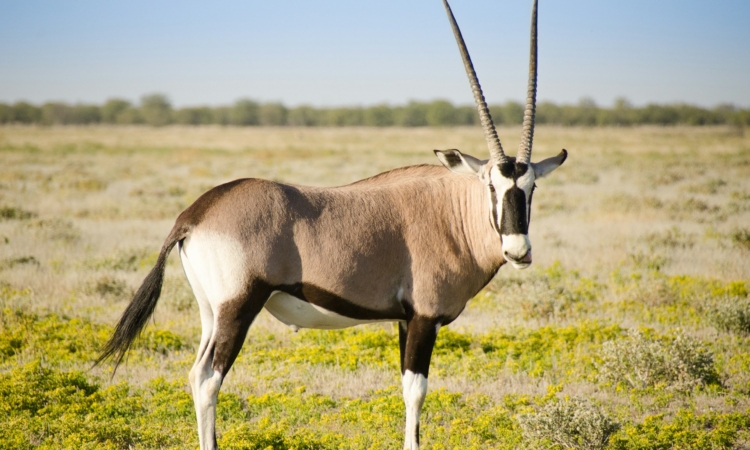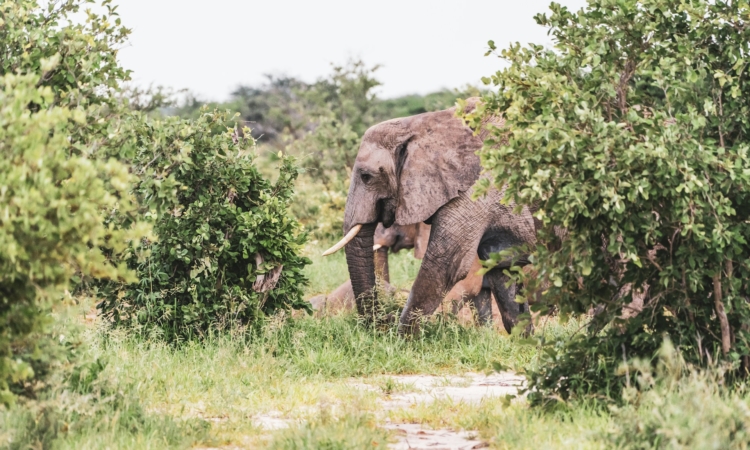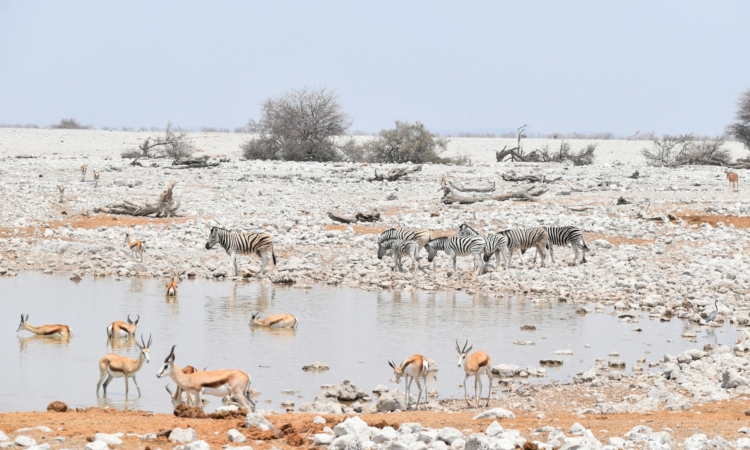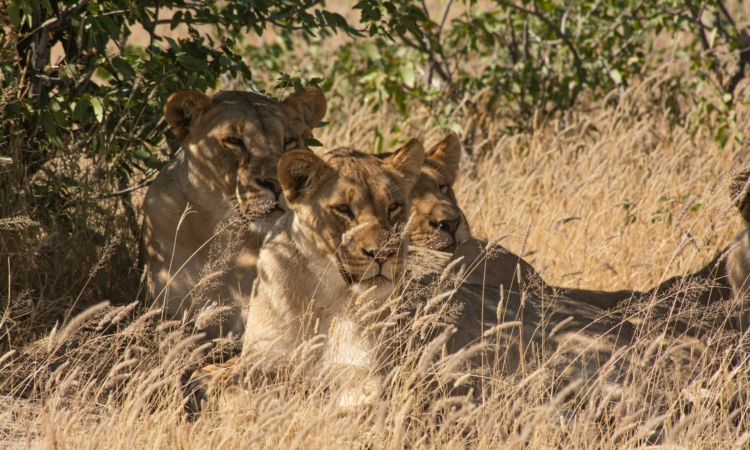Etosha National Park is one of the main tourist attractions in northern Namibia and is among the oldest and most famous wildlife reserves in Africa. It was created in 1907 when the German colonial government declared the area a game reserve.
At that time, the reserve was the largest protected area in the world. It stretched from the Etosha Pan all the way to the Kunene River on the border with Angola. The main aim was to protect the animals in the region, as many species were at risk because of uncontrolled hunting and human settlement.
Over the years, the boundaries of the park became much smaller than they were at the start. Even so, its value as a safe home for wildlife has continued to increase. At the heart of the park is the Etosha Pan, a huge dry salt flat that can even be seen from space. The name “Etosha” comes from the local Ovambo language and means “great white place.” It describes the bright, flat surface of the pan, which stands out in the middle of the surrounding landscape.
The park’s history is also connected to the people who lived in the area before it became protected land. Indigenous groups, including the Hai//om San, lived here for generations and depended on the land’s water, plants, and animals for food and shelter. When the park was created, many of these communities were moved away from their homes. In recent years, there have been efforts to recognise and address this part of Etosha’s history.
Etosha has faced many challenges, but it has become a strong symbol of wildlife protection in Namibia. After Namibia gained independence in 1990, it was officially declared a national park. Since then, it has played an important role in saving endangered animals such as the black rhino and cheetah.
Today, Etosha is well known for its waterholes, open plains, and the wide variety of animals that live there. Visitors come from many countries to enjoy game drives, watch animals in their natural habitat, and experience one of Africa’s most important conservation areas. The park remains a place where nature and wildlife are carefully protected for future generations.







